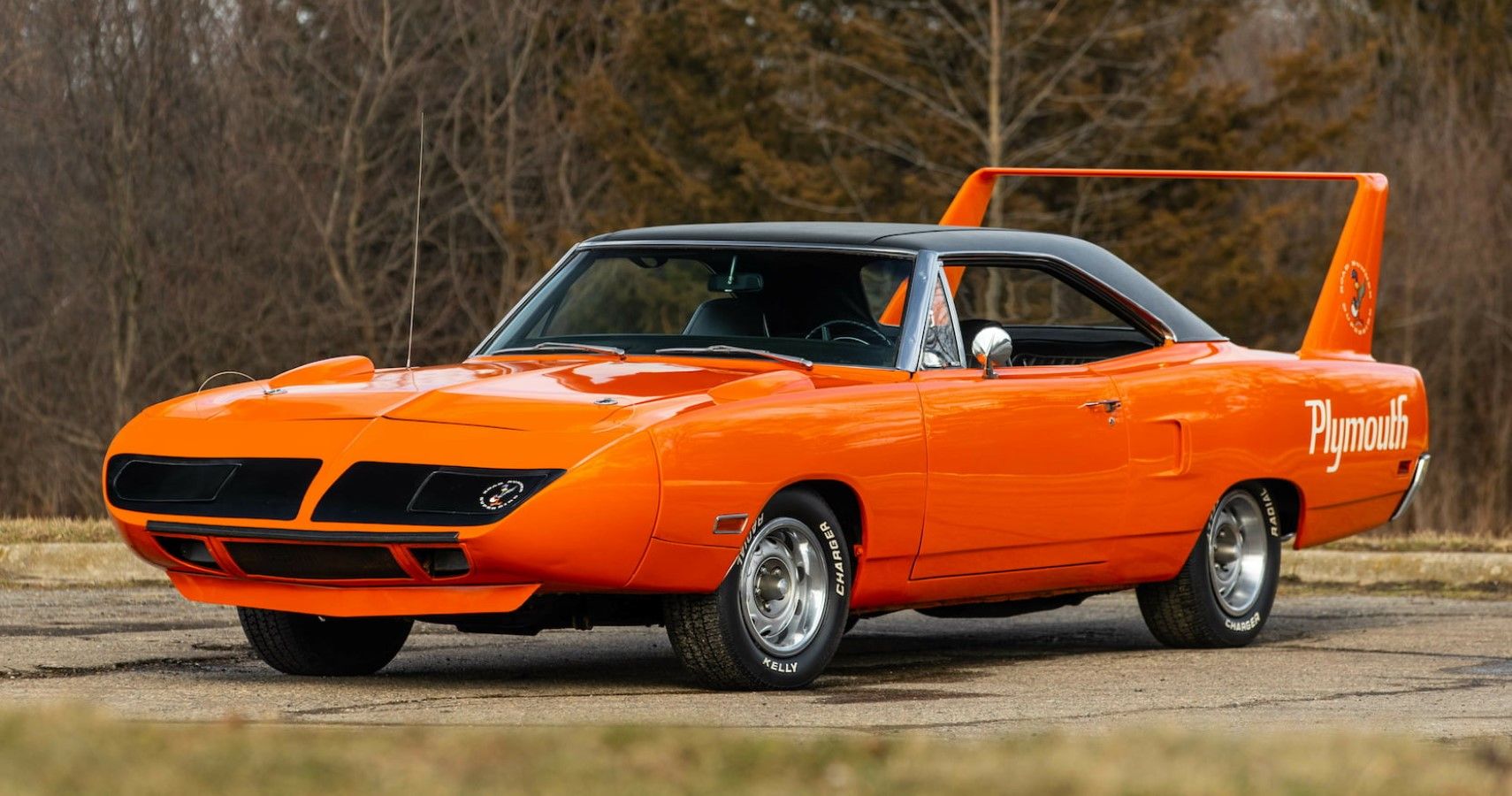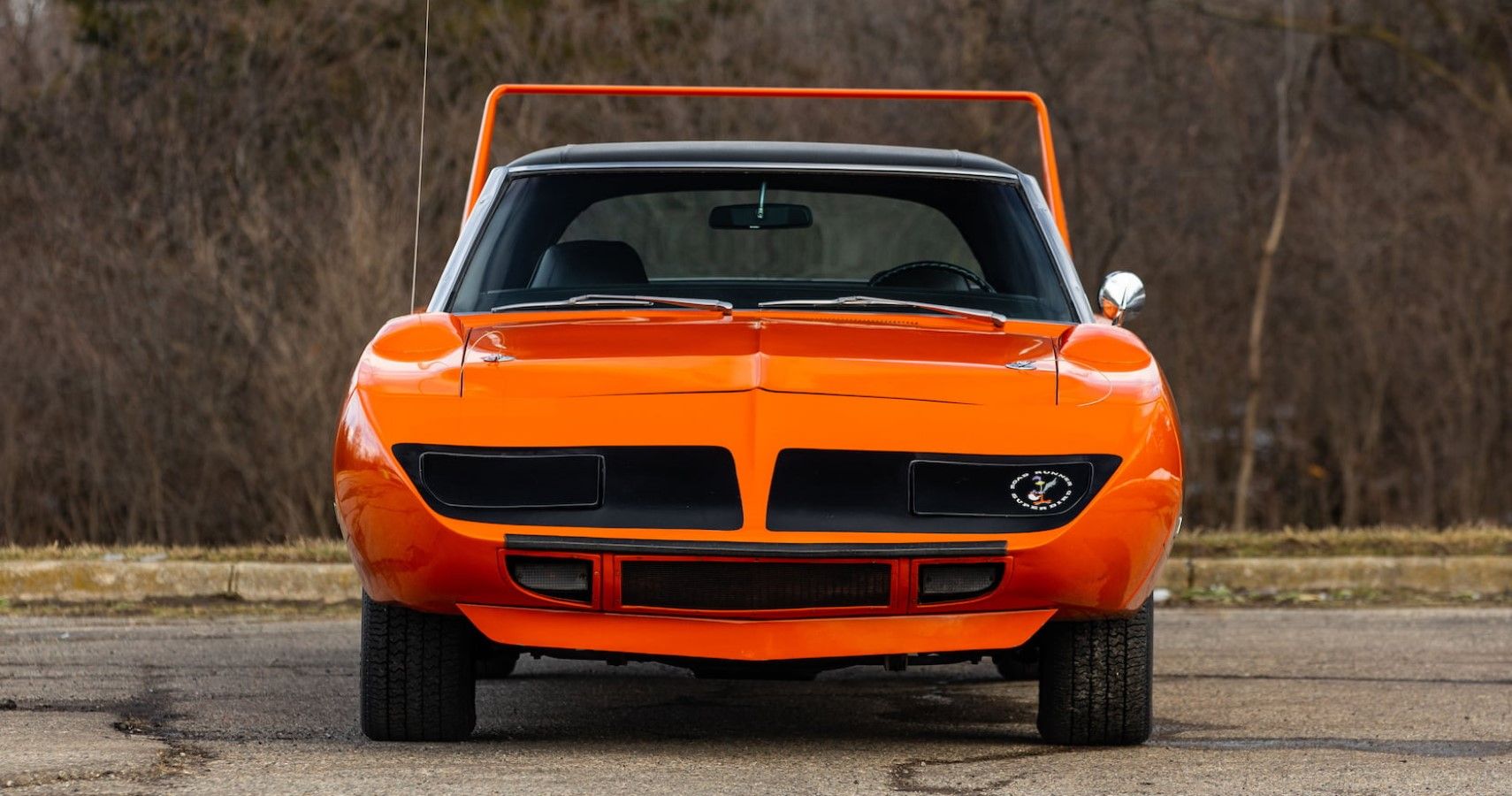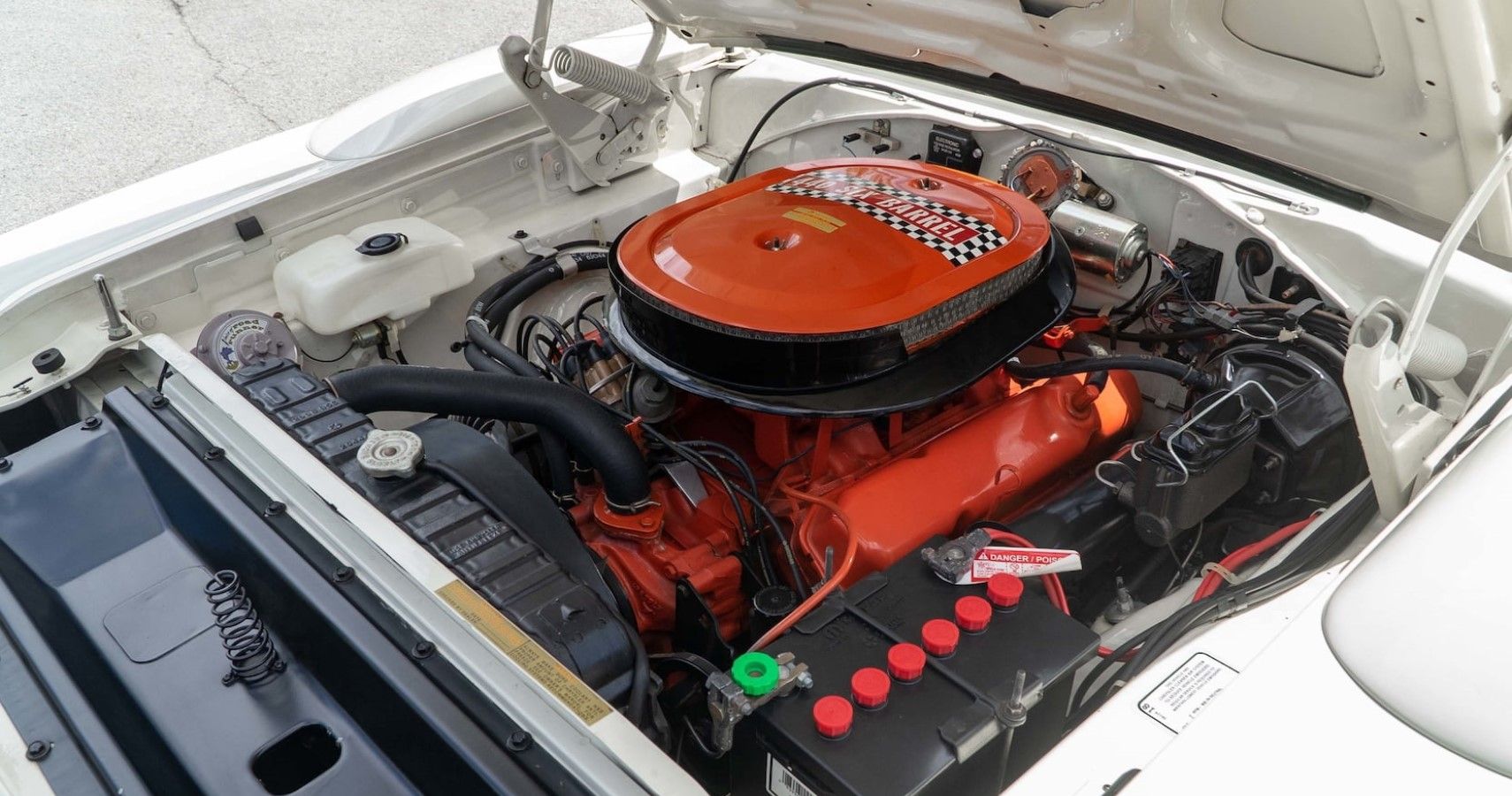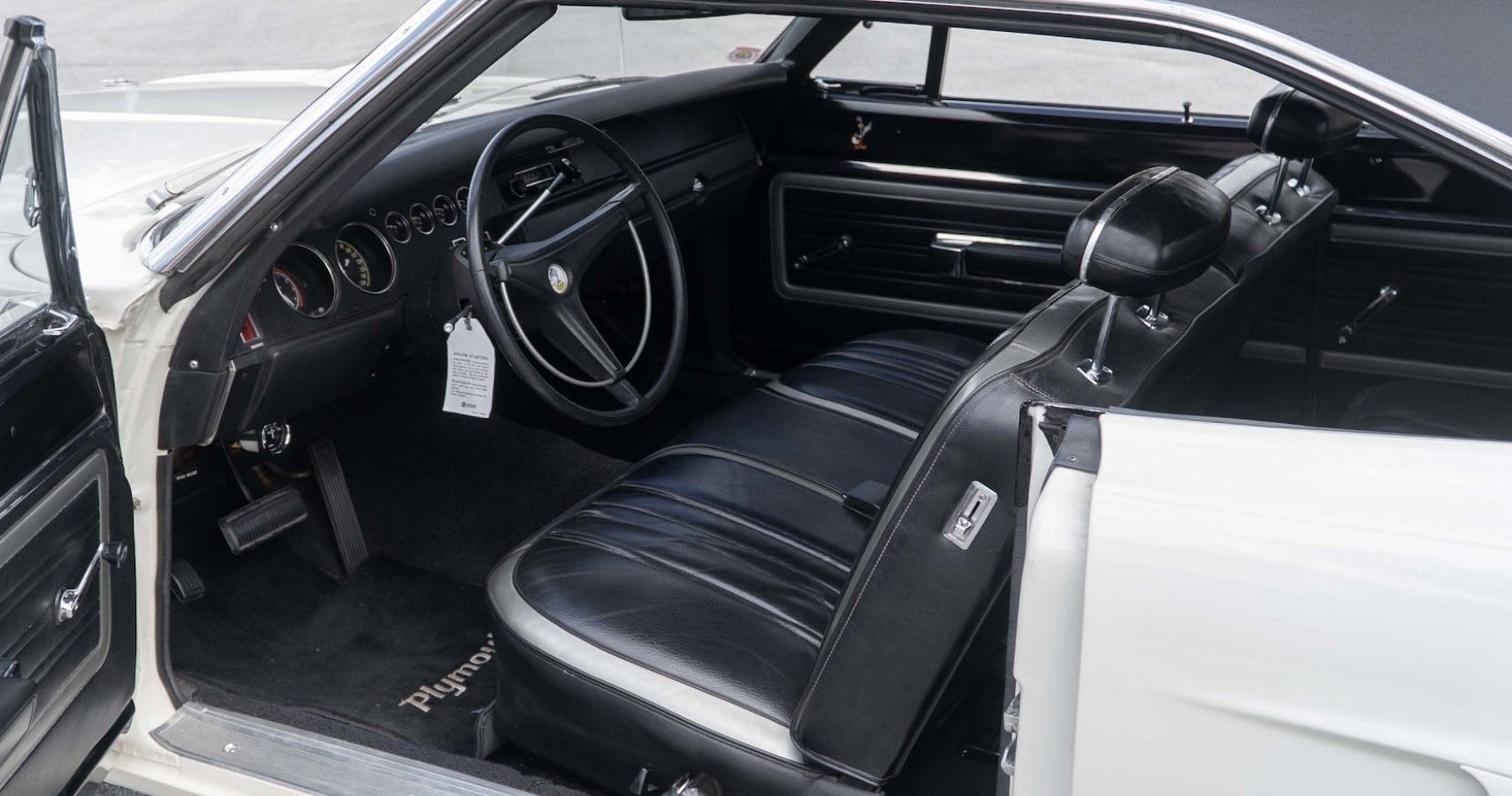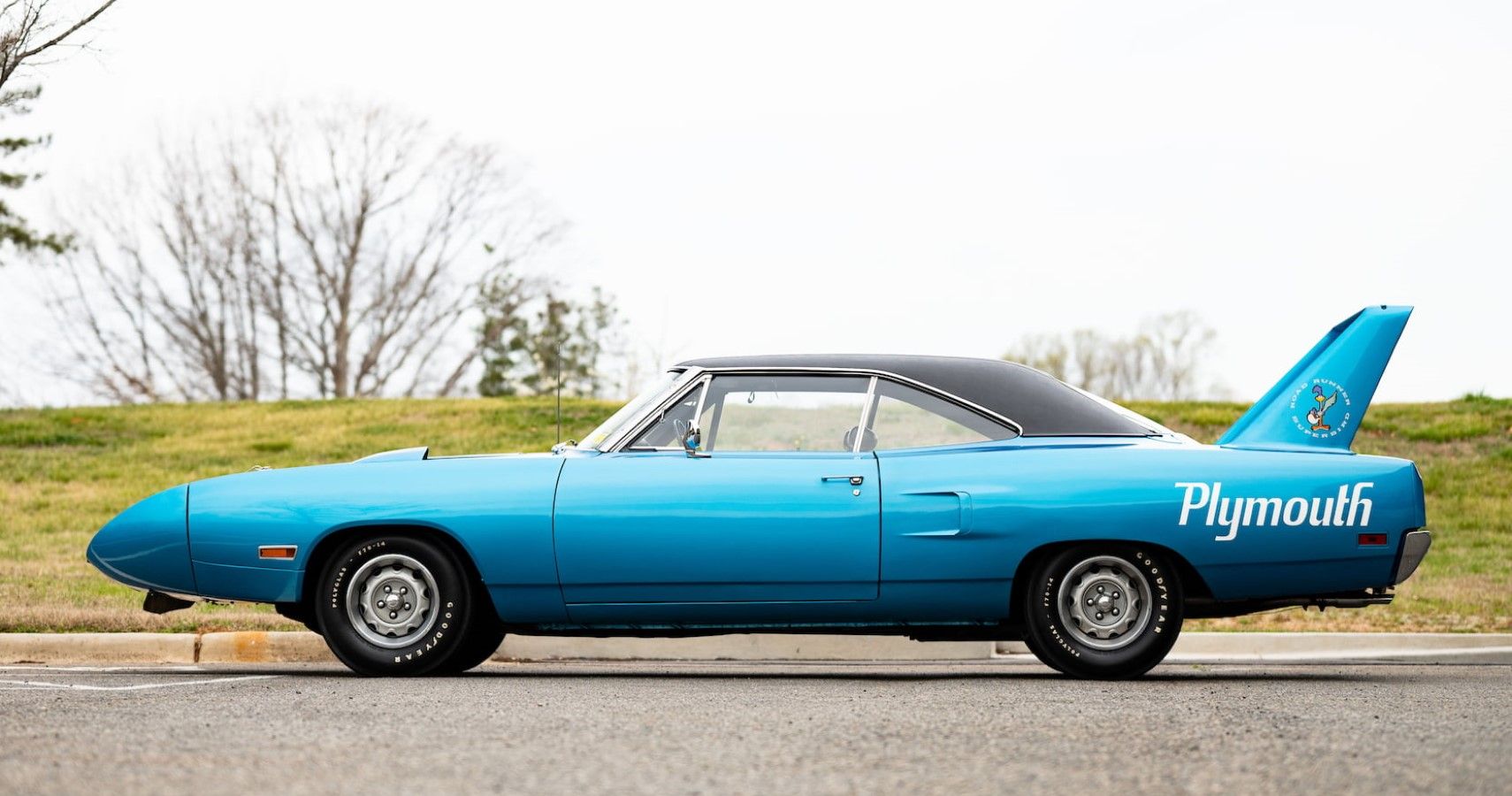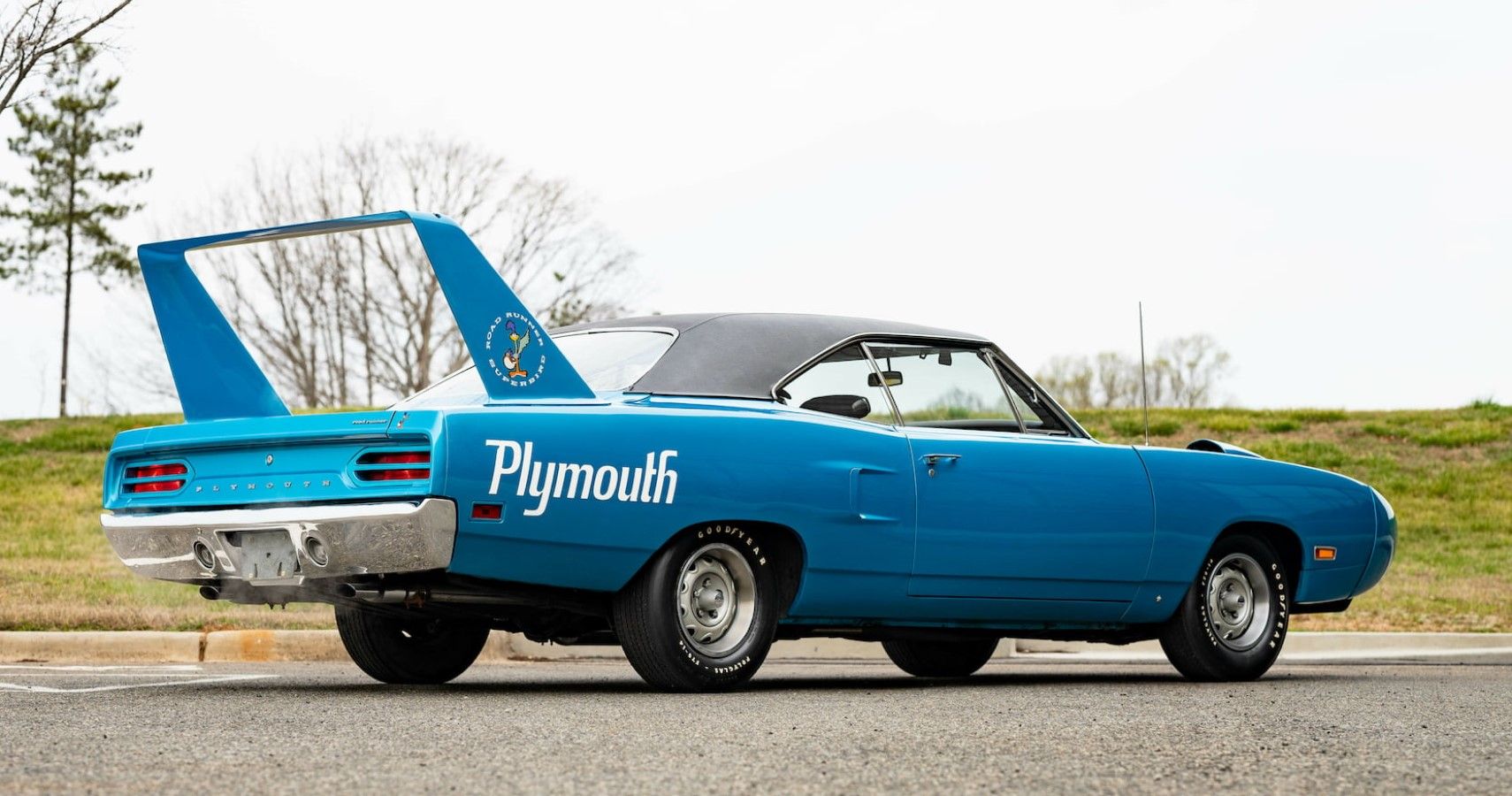When it comes to the 1970 Plymouth Road Runner Superbird, what instantly springs to mind? Of course, it's massive rear wing. But it should be remembered for way more than its rear wing. This Plymouth had much more to offer! Back in the 1970s, most muscle cars were designed with drag racing in mind, while few were designed for circuit racing.
Years before the hugely successful Pixar film, Cars, was released, The Plymouth Superbird was already one of the most famous muscle cars ever created. The car's design was quite impressive, with the pointed nose and skyscraper-high rear wings helping the car cut through the air and make it a front-runner in NASCAR.
Plymouth Superbird Was A Homologation Special
Even though the Plymouth Road Runner Superbird and its sister car, the Dodge Charger Daytona, were specifically designed as stock car racers, the Plymouth Road Runner Superbird was made available to the public as NASCAR rules required each model to produce at least 1,920 road registered examples for the vehicle to compete. The height of the towering rear wing was determined by the requirement that the boot door open.
A necessity that created insane aerodynamics! Just like any Boeing 737, the Plymouth Road Runner Superbird was designed and developed in a wind tunnel to create the ultimate aerodynamic features. Three engine options were made available in the Plymouth Road Runner Superbird. From the smallest and least powerful 440 cubic inches, 7.2-liter V8 engine with 375 horsepower.
The biggest and most powerful engine came in the form of the 426 cubic inches, 7.0-liter Hemi engine that unleashed 425 horsepower. The most powerful Road Runner Superbird, was able to achieve 0-60 mph in 5.5 seconds, while its regular Road Runner sister could accelerate much quicker due to the weight that was added because of the Superbird's steel nose and enormous rear wing.
However, these aerodynamic features aided the Hemi 7.0-liter Superbird to reach speeds of up to 200 mph. Unfortunately for the Plymouth Road Runner, NASCAR changed its rules for the 1971 NASCAR season. The new rules limited engine size, which ultimately emasculated the Plymouth Road Runner Superbirds' aerodynamic setup. This led to the cancellation of the Superbird just one year after it was initially put on sale.
At the time of Plymouth Road Runner Superbirds' release, because of its unique and supernatural design, many Road Runners remained unsold for several years. In contrast, today, you’ll struggle to get your hands on one. Nowadays, it is seen as a highly collectible and appealing vehicle to own. It is possibly one of the most desirable cars from the 1970s Muscle Car Era, and 1970 Plymouth Road Runner Superbirds typically sell at auction for six-figure sums.
Only 93 versions out of the 1,920 Plymouth Road Runner Superbirds were fitted with the almighty 7.0-liter V8 Hemi engine. And, despite being expected to produce 425 hp and 4500 rpm, the Hemi engine frequently seemed to produce 550 hp and 5800 rpm. This immensely powerful engine was paired with a 4-speed manual gearbox and a rear-wheel drive system.
Impressive Aerodynamic Features Of The Road Runner
The Plymouth Road Runner Superbird had a drag coefficient of around 0.28, which makes it more aerodynamically advanced than the McLaren P1. Due to its rear wing and cone-shaped nose, the aerodynamics of the Plymouth Road Runner Superbird was breathtaking.
The Road Runner Superbird was modeled on the Plymouth Roadrunner but incorporated many insane upgrades that helped it to become the boss of NASCAR. While the Plymouth Road Runner Superbird took many design cues from its sister car, the Charger Daytona, it was still easily distinguishable as an immense racer.
Competing with the likes of the Ford Torino Talladega and the Mercury Cyclone wasn’t going to be an easy task, but the Plymouth Road Runner Superbird seemed to brush its competitors off with ease. Somehow, with its distinctive design, aerodynamic capabilities, and beastly Hemi engine, the Plymouth Road Runner Superbird consolidated its authority as one of the best and most skillful muscle cars to compete on the NASCAR circuit.
Plymouth Road Runner Superbird Was Ahead Of Its Time
It is no wonder why these aerodynamically superior, extremely powerful, and damn right attractive cars sell at auctions for big prices. With only 1,920 examples of the Plymouth Road Runner Superbird ever made, the rarity and exclusivity of owning one of these are next to none, hence the price tag of one today.
If you attend an auction to purchase a 1970 Plymouth Road Runner Superbird today, you'll be expected to pay a six-figure amount with ease. A few months ago, a restored 1970 Plymouth Road Runner HEMI Superbird was auctioned off for a staggering $1.65 million via Barrett-Jackson!
Sources: Chrysler, Plymouth

